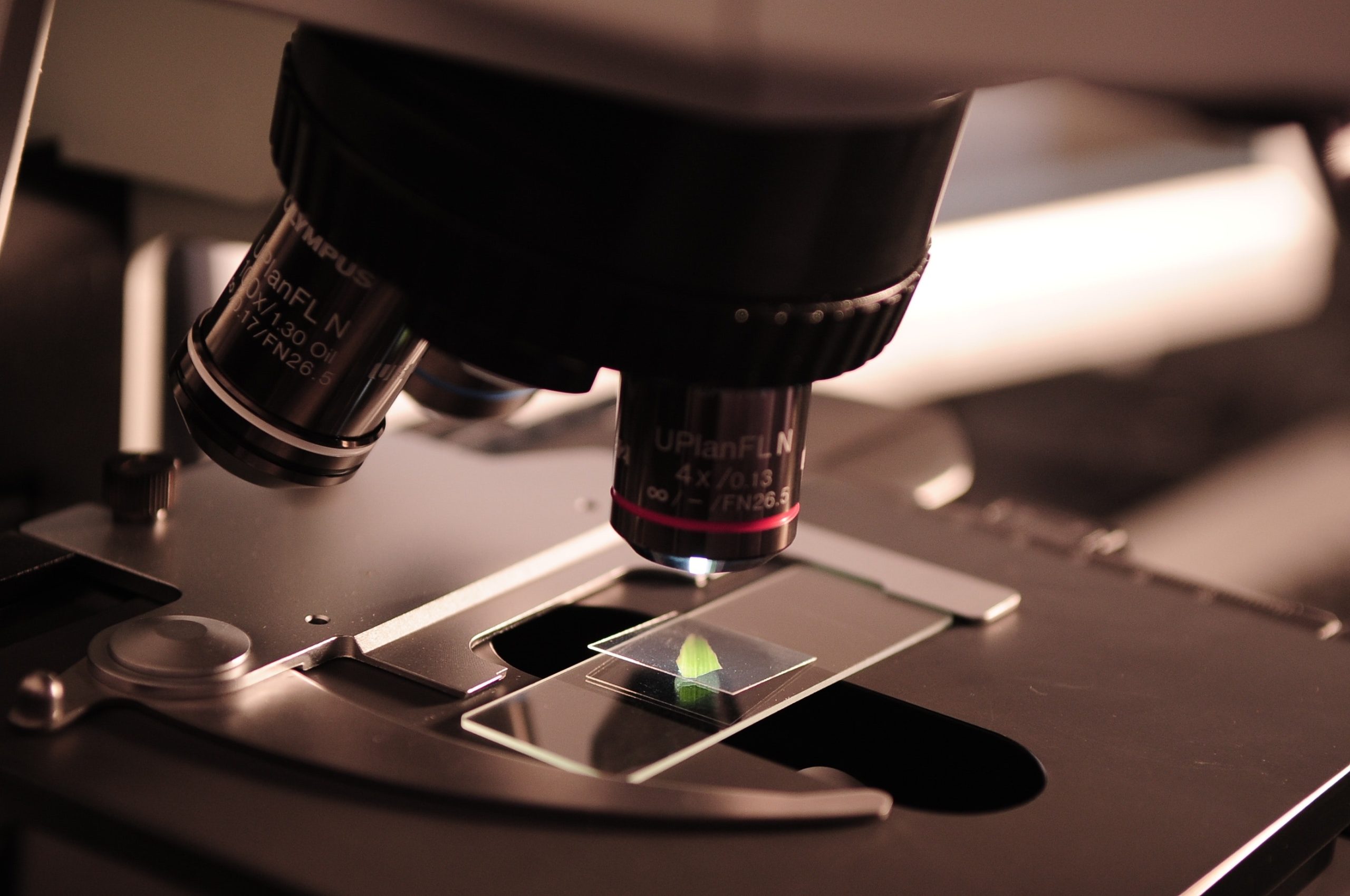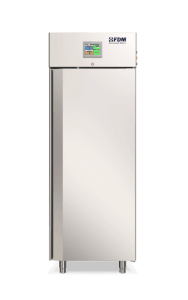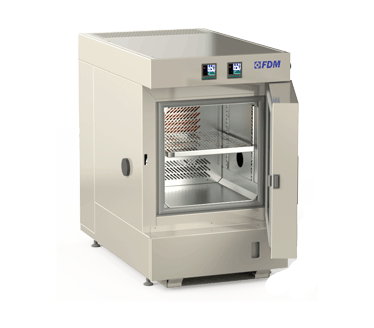
Although on these pages we mainly talk about climatic tests, products and materials are also subjected to other types of investigations.
Among these, there are those that focus on the shapes and sizes of the sample that we have analyzed in general in this article.
Today we talk about one of these procedures: the SEM inspection or SEM test.
How the SEM Inspection works
The English acronym SEM stands for Scanning Electron Microscopy and is, in a nutshell, a microscopic investigation method.
We are all familiar with normal optical microscopes that work thanks to light amplified by means of convex lenses.
But what if there was a much more precise way to obtain certain data and measurements of very small objects? This is what SEM inspection is for.
In SEM inspection instead of light we have an electron beam.
Imagine an object that leaves its mark on the sand when it falls. Sand is electrons.
The sample to be analyzed is struck by the electron beam and, when these electrons hit the surface of an object, they are bounced back, providing extremely precise information which is then used to create a detailed image of the object's surface.
There are caveats to using SEM. In fact, it is not possible to control the electrons in the ordinary atmosphere. For this reason the SEM test is always carried out in a small thermal vacuum chamber.
Perform
Climate Stress
Discover the new series of Climate Chambers for controlled climate testing
What is the SEM Inspection for?
Thanks to SEM, researchers can examine the structure and morphology of objects on a microscopic scale, with a precision and accuracy that is indispensable in many fields today.
Among the fields of application of the SEM we can mention:
- Geology and Archaeology: historical finds, rocks and geological samples are good examples of samples that can be inspected by SEM, reaching a level of analysis that is difficult to reach otherwise.
- Medical Research: SEM inspection is also often used in medicine on biological tissues and cells, offering valuable information on the structure of cells and proteins and helping to study the effect of drugs and therapies at the cellular level.
- Pharmacological Research: Similarly, SEM is used extensively in pharmacological research to evaluate the shape and structure of drugs and active ingredients, ensuring the quality and efficacy of the products.
Many of these procedures are outlined in a number of international standards that regulate the use of SEM inspection, including: ISO 14966:2002, ISO 13322-1:2014 and IEC/TS 80004-9:2017.
Conditioning Materials for the SEM Test
Just as vacuum is an essential requirement for a successful SEM inspection, the same can be said for temperature and relative humidity.
In fact, substances and materials also greatly alter their physical properties depending on the environmental conditions. In a granular investigation as well as the microscopic one, then, it is essential to know what are the starting conditions of the sample that we are going to analyze so deeply.
For this reason, it is advisable to climatically condition the sample before performing most of the SEM Tests.
Climatic chambers, controlled environments in which it is possible to control temperature and relative humidity, are the perfect laboratory instrument for this purpose.
You cannot find the ideal chamber for your test?
Create your own environment, according to any test requirement
The FDM Climatic Chamber for SEM Test
The FDM Climatic Chamber is the ideal professional tool to carry out the complementary climatic conditioning necessary for a reliable SEM inspection.
Furthermore, our technicians are always available to meet the customer's needs to design a customized climatic chamber together.
For further doubts and questions, please do not hesitate to contact us.
Would you like to receive a quote or do you have questions about the product?
Contact us to receive more information about this Product.



